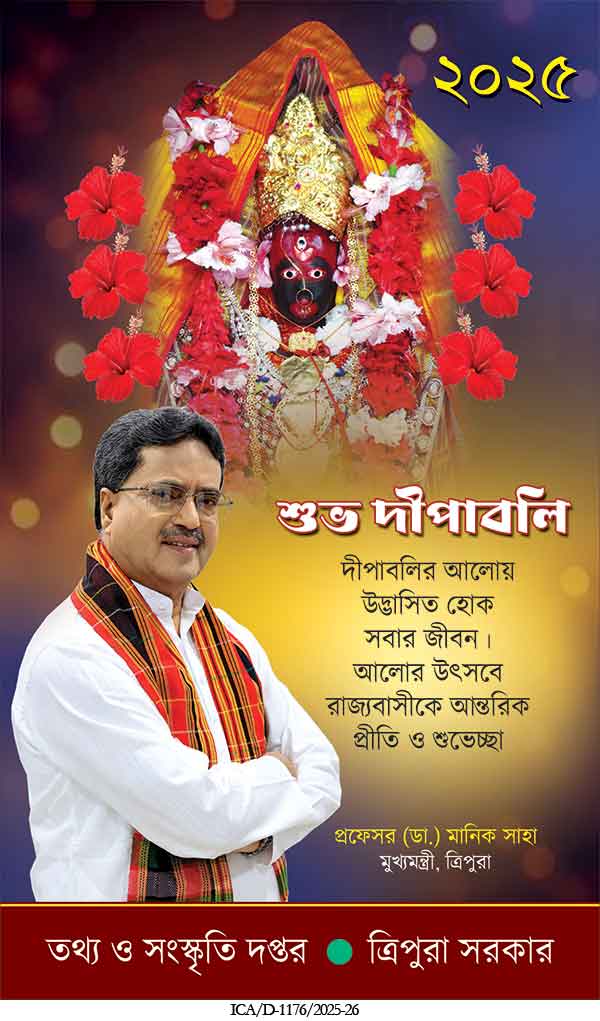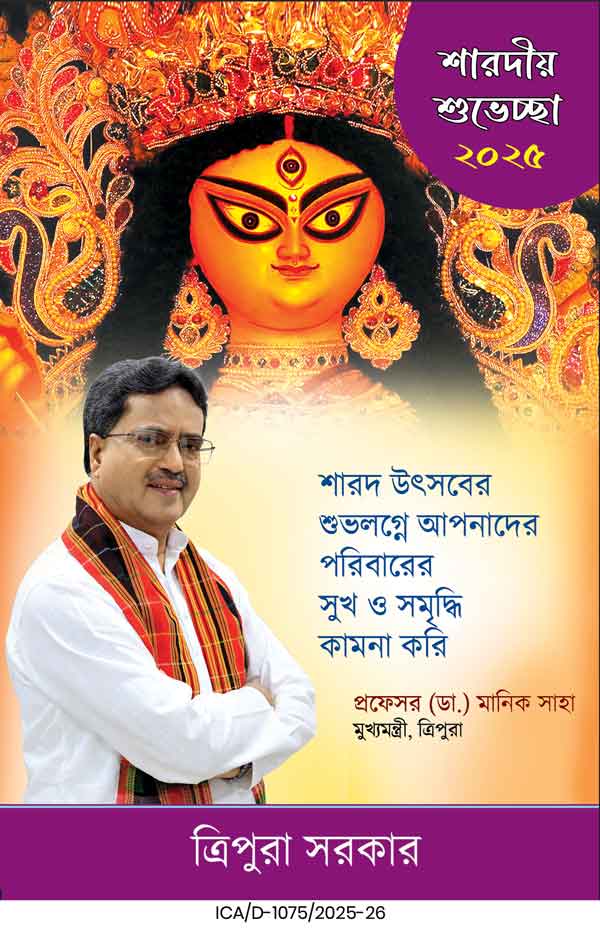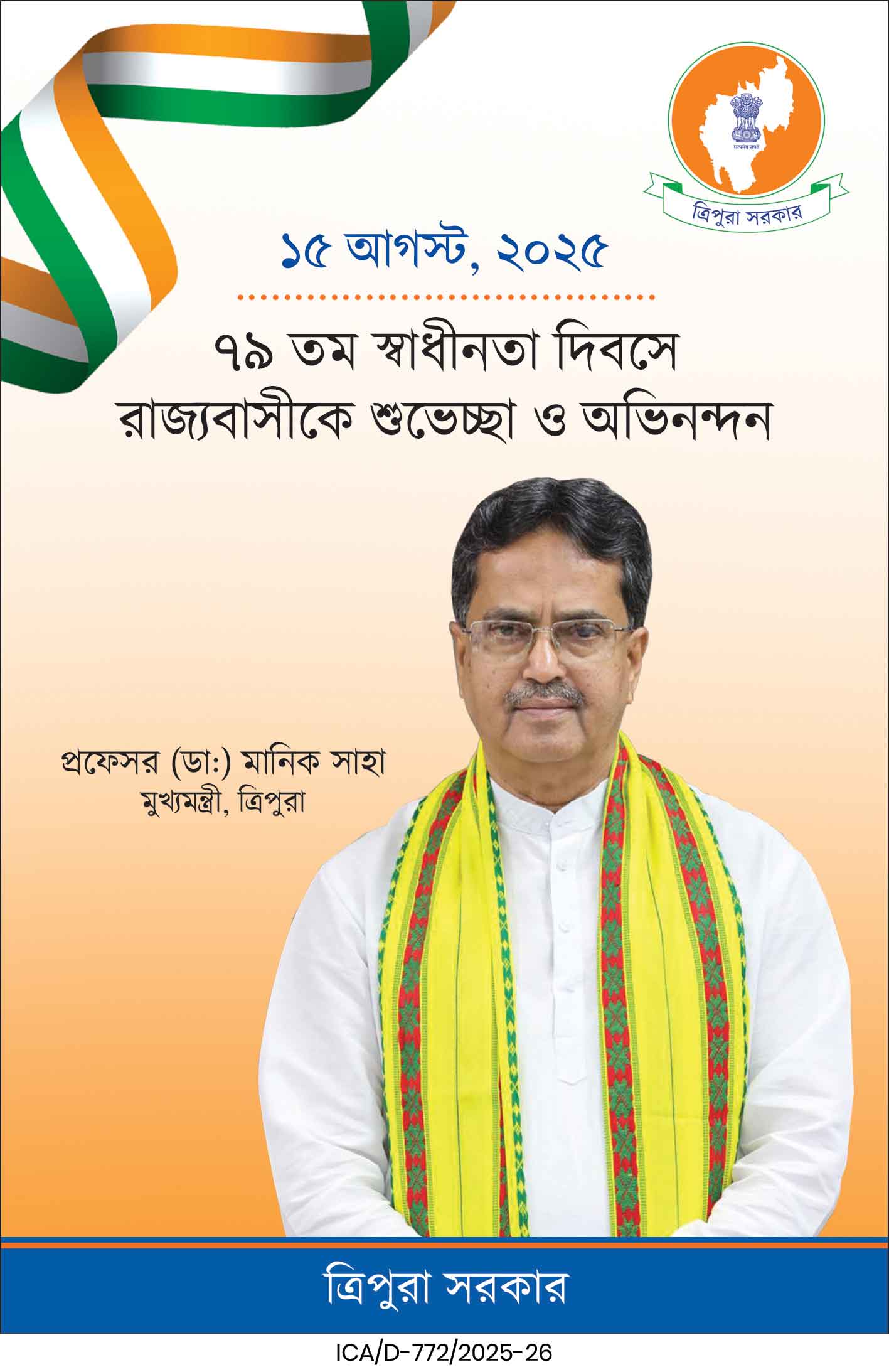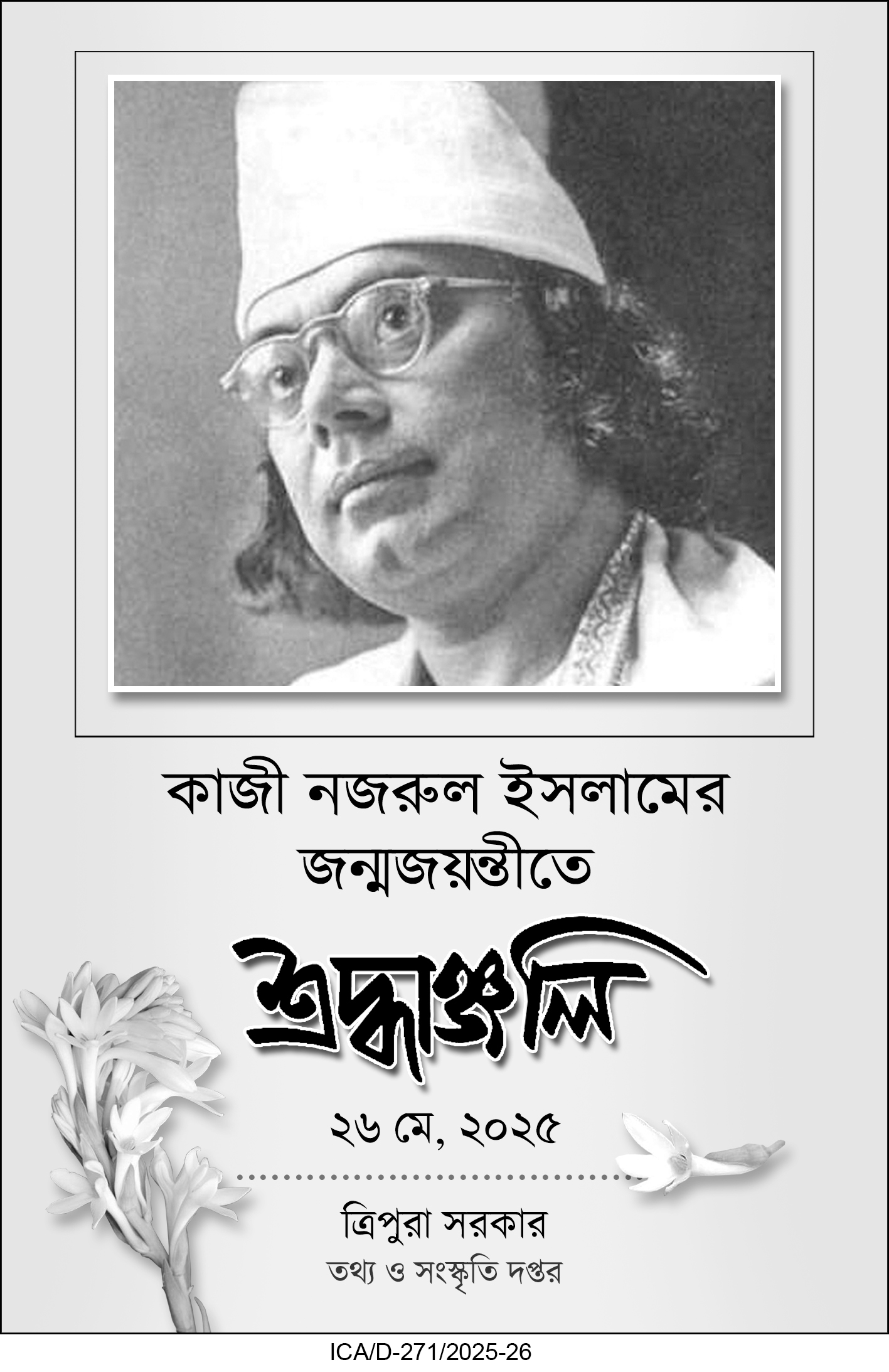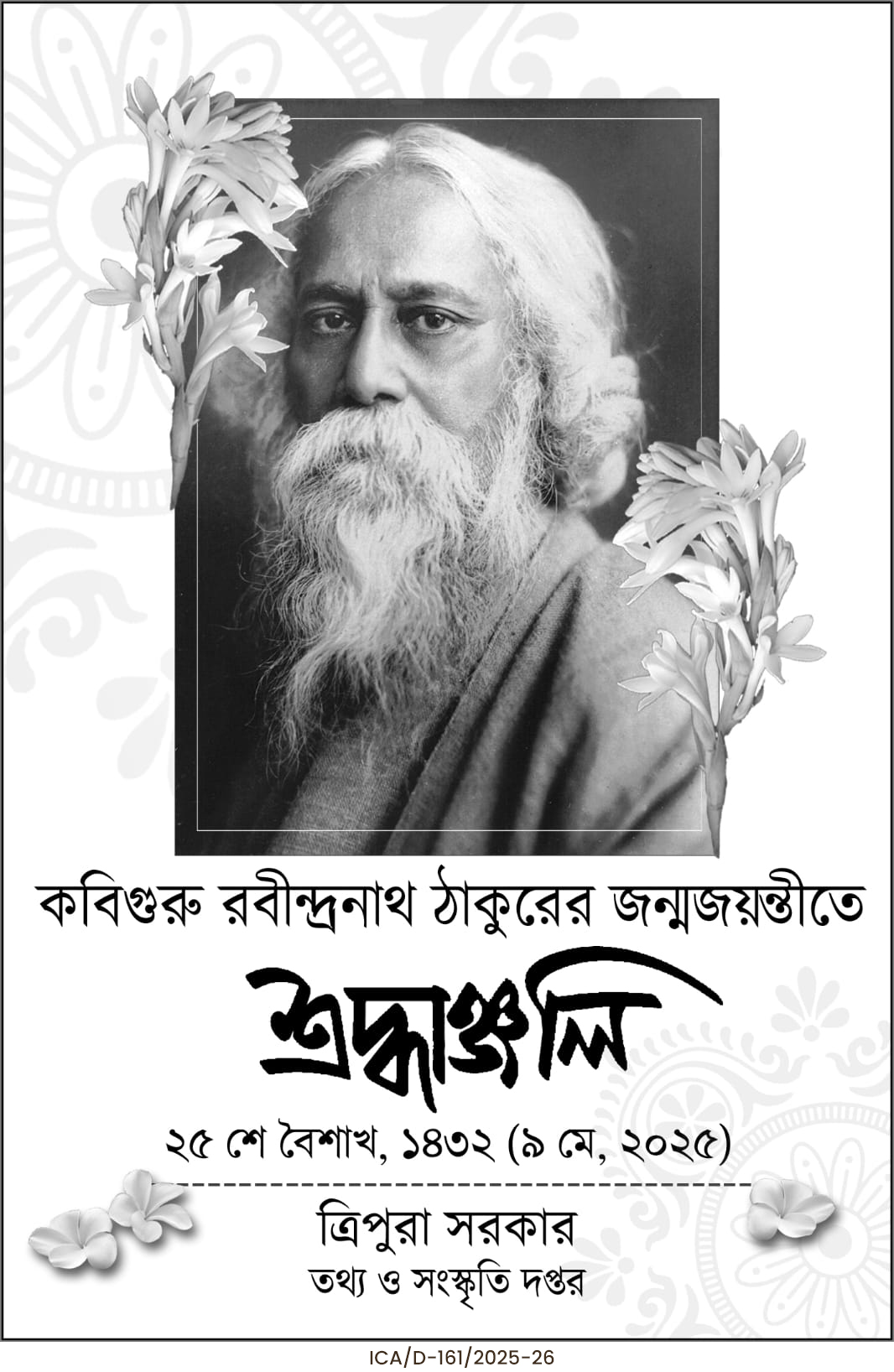Agartala Municipal Corporation unveils ‘Greater Agartala’ a 20-year master plan aimed at structured city expansion, including metro stations, new industrial zones, flyovers, and real estate regulations. Using GIS and 3D modeling, the plan includes 49 Gram Panchayats to transform Agartala into a modern urban hub.
Agartala, Tripura’s capital, is preparing for a massive transformation under a newly designed master plan titled ‘Greater Agartala’. In anticipation of the city’s rapid expansion over the next two decades, the Agartala Municipal Corporation (AMC) has laid the foundation for a structured and futuristic approach to urban development.
Mayor Dipak Majumder announced the new initiative during a press briefing on Friday, stating that this is the first comprehensive urban development plan for the city. “Agartala never had a previous master plan, which led to unregulated and unplanned expansion. This new plan aims to correct that,” said the Mayor.
Vision for a Larger Agartala
The ‘Greater Agartala’ master plan encompasses not only the existing 51 wards of Agartala city but also 49 nearby Gram Panchayats. These adjoining rural administrative units have been included in the urban planning process to accommodate future population growth and infrastructural needs.
“As the city grows, there will be a natural demand for expansion into nearby areas. That’s why we have included these Gram Panchayats in the master plan. Based on requirements, development will proceed in these zones,” Majumder explained.
This inclusion will significantly expand the geographical footprint of Agartala, transforming it into a more comprehensive metropolitan area. The intent is to build a better-managed and more resilient urban environment.
Modern Urban Planning Tools
The Mayor revealed that advanced Geographic Information System (GIS) technology has been used in designing the master plan. This cutting-edge digital tool allows for precise mapping, land-use planning, and resource allocation.

In addition, the Urban Development Department is working on a 3D model of the city. This model will enable planners and stakeholders to visualize proposed changes in real time, making it easier to anticipate potential challenges and fine-tune infrastructure layouts.
Infrastructure and Connectivity
One of the central goals of the Greater Agartala plan is to revamp the city’s infrastructure. The plan outlines designated spaces for metro stations and new industrial estates. In response to the city’s increasing vehicular population and commuter load, improved roads, multiple flyovers, and better connectivity frameworks have been proposed.
“These developments will make commuting smoother and reduce congestion. We are working to ensure that the infrastructure of Agartala aligns with the needs of a modern, growing city,” said Majumder.
Addressing Housing and Urban Living
With a surge in apartment-based living, the AMC also plans to implement new real estate laws. These laws will address the regulatory gaps that exist in the current urban housing market. The city is seeing a shift in its residential landscape, with more citizens moving into flats and apartment complexes.
“New legal frameworks will be introduced to ensure better compliance, safety, and planning in the real estate sector. This is crucial for ensuring the quality of life in high-density living areas,” he added.
What’s Next?
According to Mayor Majumder, the first phase of the Greater Agartala master plan has been prepared and is currently under review by the AMC council. Once it passes through all necessary approvals and clearances, policy frameworks and implementation strategies will be drawn up.
“This is a long-term plan. We are committed to creating a livable, economically vibrant, and sustainable city. Greater Agartala is a step toward that future,” the Mayor emphasized.
| Also Read: AMC launches digital services via CSCs across Tripura |
The comprehensive vision of Greater Agartala represents not only physical expansion but also a shift in mindset toward systematic urban governance. If executed effectively, it could serve as a model for urban planning across the Northeastern region.

